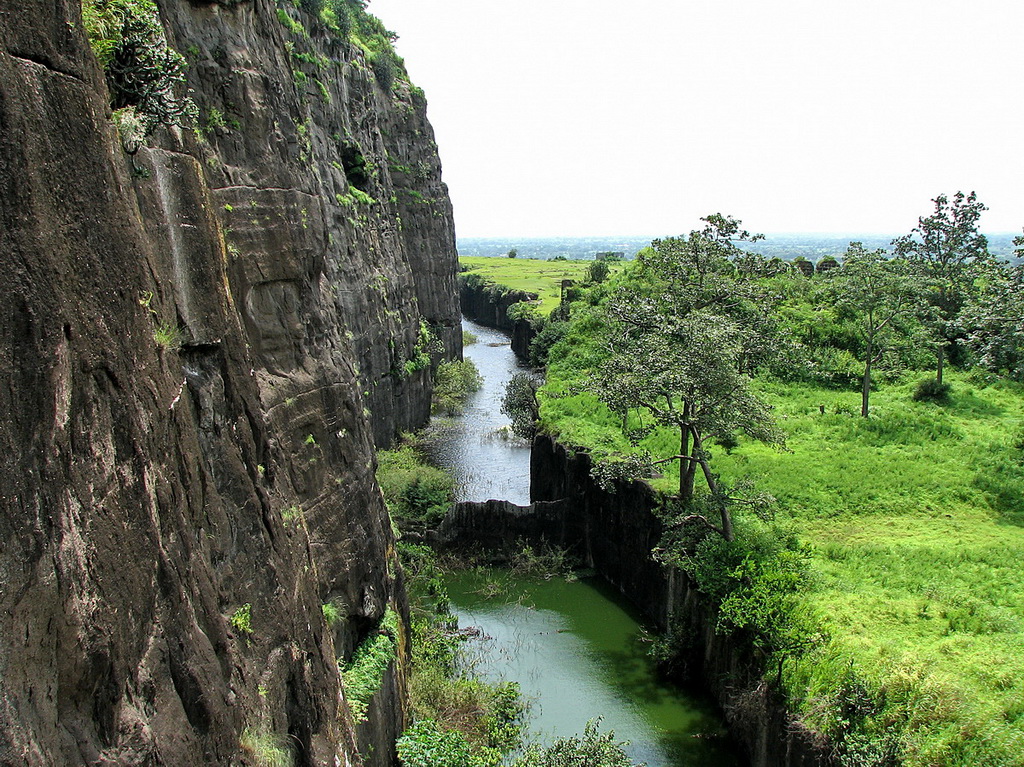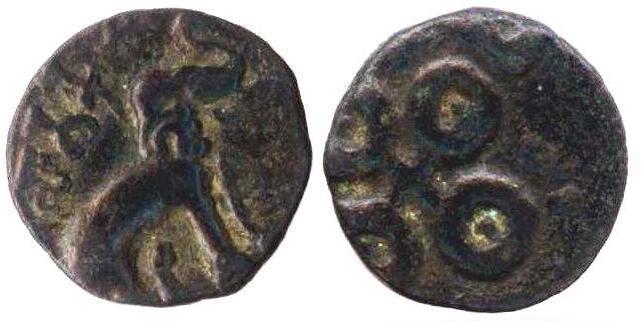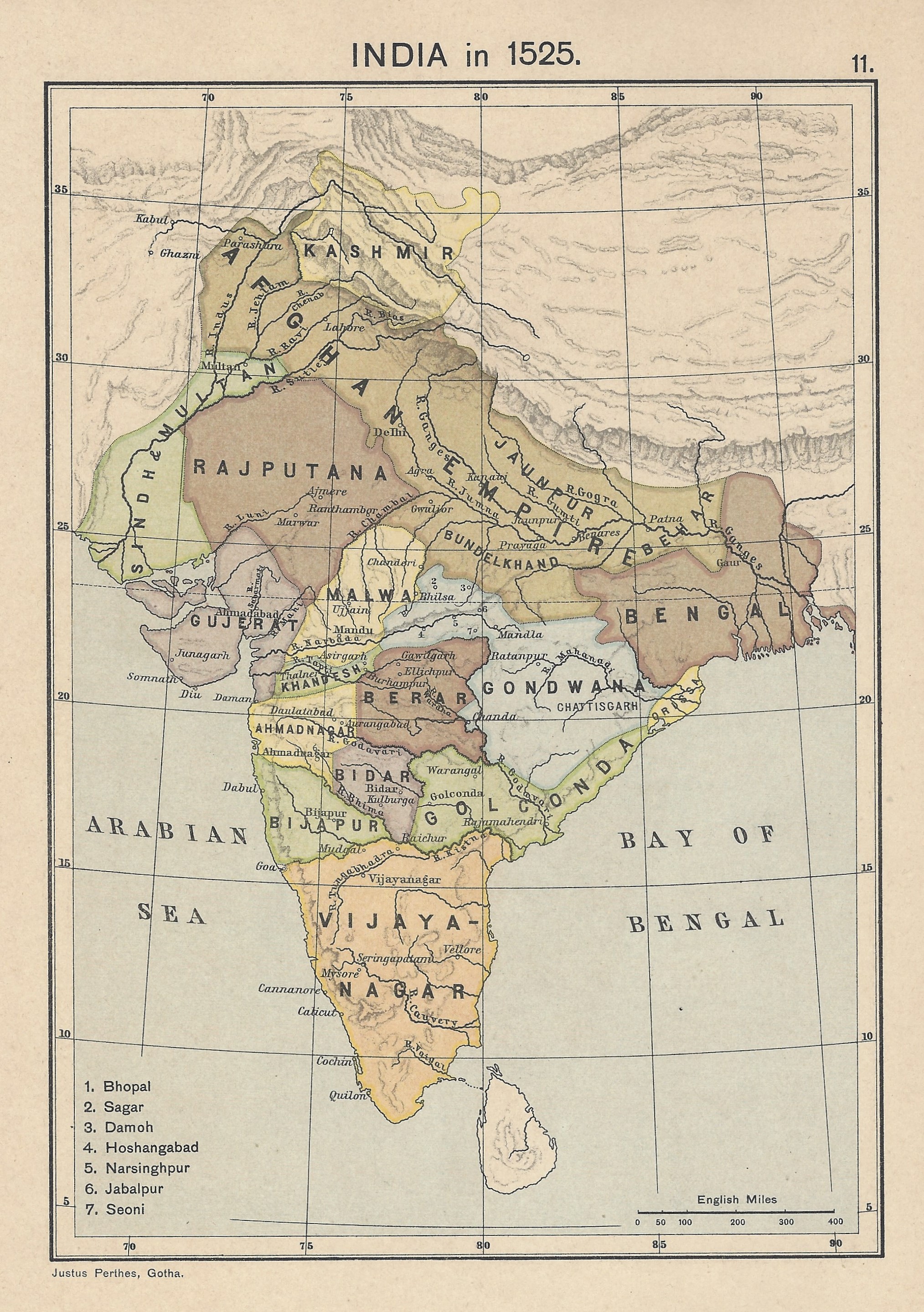|
Belgaum Fort
Belgaum Fort is in the city of Belgaum, in the Belgaum district, in Karnataka state, India. It was begun by Jaya Raya, also called Bichi Raja, an ally of the Ratta dynasty, in the year 1204. It has undergone several renovations over the centuries under dynastic rulers of the region. The fort, built with ramparts and a large moat, with historical and religious monuments dated to the Adil Shahi dynasty. The fort has been captured in battles many times, as the possession of local rulers, until the region was stabilized by the British Raj. It is notable in modern history because Mahatma Gandhi was imprisoned by the United Kingdom, British in this fort during India's freedom struggle. Geography The fort is in the foothills of the Sahyadri mountain range of (Western Ghats) in the precincts of the Belagavi town (which was also known as Belgaum or 'Venugrama' meaning bamboo village), at an altitude of about , from the Arabian Sea. The Markandeya River flows nearby. There is a Lake in ... [...More Info...] [...Related Items...] OR: [Wikipedia] [Google] [Baidu] |
Belgaum
Belgaum (Kannada ISO 15919, ISO: ''Bēḷagāma'', ), officially known as Belagavi (also Belgaon), is a city in the Indian state of Karnataka located near its northern western border in the Western Ghats. It is the administrative headquarters of the eponymous Belagavi division and Belagavi district. The Government of Karnataka has proposed making Belgaum the second capital of Karnataka alongside Bangalore, hence a second state administrative building Suvarna Vidhana Soudha was inaugurated on 11 October 2012. Belgaum has been selected in first phase out of 20 cities, as one of the hundred Indian cities to be developed as a smart city under India's flagship Smart Cities Mission. History Belgaum was founded in late 12th century AD by the Ratta dynasty, who shifted from nearby Saundatti. A Ratta official named Bichiraja built Kamal Basadi, a Jain temple, dedicated to Neminatha in 1204, which came to be called Kamalabasti. Pillars found inside Belgaum fort have Kannada inscripti ... [...More Info...] [...Related Items...] OR: [Wikipedia] [Google] [Baidu] |
Arabian Sea
The Arabian Sea () is a region of sea in the northern Indian Ocean, bounded on the west by the Arabian Peninsula, Gulf of Aden and Guardafui Channel, on the northwest by Gulf of Oman and Iran, on the north by Pakistan, on the east by India, and on the southeast by the Laccadive Sea and the Maldives, on the southwest by Somalia. Its total area is and its maximum depth is . The Gulf of Aden in the west connects the Arabian Sea to the Red Sea through the strait of Bab-el-Mandeb, and the Gulf of Oman is in the northwest, connecting it to the Persian Gulf. Geography The Arabian Sea's surface area is about .Arabian Sea Encyclopædia Britannica The maximum width of the sea is approximately , and its maximum depth is . The biggest river flowing into the sea is the Indus River. The Arabian Sea has two ... [...More Info...] [...Related Items...] OR: [Wikipedia] [Google] [Baidu] |
Khalji Dynasty
The Khalji or Khilji dynasty was a Turco-Afghan dynasty that ruled the Delhi Sultanate for three decades between 1290 and 1320. It was the second dynasty to rule the Delhi Sultanate which covered large swaths of the Indian subcontinent.Dynastic Chart , v. 2, ''p. 368.'' It was founded by Jalal ud din Firuz Khalji. Origins The Khalji dynasty was of Turko-Afgha ...[...More Info...] [...Related Items...] OR: [Wikipedia] [Google] [Baidu] |
Daulatabad, Maharashtra
Daulatabad Fort, originally Deogiri Fort, is a historic fortified citadel located in Daulatabad village near Aurangabad, Maharashtra, India. It was the capital of the Yadavas (9th century – 14th century CE), for a brief time the capital of the Delhi Sultanate (1327–1334), and later a secondary capital of the Ahmadnagar Sultanate (1499–1636). Around the 6th century CE, Devagiri emerged as an important uplands town near present-day Sambhajinagar, along caravan routes going towards western and southern India. The historical triangular fortress in the city was initially built around 1187 by the first Yadava monarch, Bhillama V. In 1308, the city was annexed by Alauddin Khalji of the Delhi Sultanate, which ruled over some parts of the northern India. In 1327, Muhammad bin Tughluq of the Delhi Sultanate renamed Devagiri as Daulatabad and shifted his imperial capital to the city from Delhi, ordering a mass migration of Delhi's population to the now Daulatabad. However, Muham ... [...More Info...] [...Related Items...] OR: [Wikipedia] [Google] [Baidu] |
Yadava Dynasty
The Seuna, Sevuna, or Yadavas of Devagiri (IAST: Seuṇa, –1317) was a medieval Indian dynasty, which at its peak ruled a realm stretching from the Narmada river in the north to the Tungabhadra river in the south, in the western part of the Deccan region. Its territory included present-day Maharashtra, northern Karnataka and parts of Madhya Pradesh, from its capital at Devagiri (present-day Daulatabad in modern Chhatrapati Sambhajinagar district, Maharashtra). The Yadavas initially ruled as feudatories of the Western Chalukyas. Around the middle of the 12th century, as the Chalukya power waned, the Yadava king Bhillama V declared independence. The Yadavas reached their peak under Simhana II, and flourished until the early 14th century, when it was annexed by the Khalji dynasty of the Delhi Sultanate in 1308 CE. Etymology The Seuna dynasty claimed descent from the Yadavas and therefore, its kings are often referred to as the "Yadavas of Devagiri". The correct na ... [...More Info...] [...Related Items...] OR: [Wikipedia] [Google] [Baidu] |
Kadambas
The Kadamba dynasty were an ancient royal family from modern Karnataka, India, that ruled northern Karnataka and the Konkan from Banavasi in present-day Uttara Kannada, Uttara Kannada district in India. The kingdom was founded by Mayurasharma in , and at later times showed the potential of developing into imperial proportions. An indication of their imperial ambitions is provided by the titles and epithets assumed by its rulers, and the marital relations they kept with other kingdoms and empires, such as the Vakataka dynasty, Vakatakas and Gupta Dynasty, Guptas of North India, northern India. Mayurasharma defeated the armies of the Pallavas of Kanchi possibly with the help of some native tribes and claimed sovereignty. The Kadamba power reached its peak during the rule of Kakusthavarma. The Kadambas were contemporaries of the Western Ganga dynasty and together they formed the earliest native kingdoms to rule the land with autonomy. From the mid-6th century the dynasty con ... [...More Info...] [...Related Items...] OR: [Wikipedia] [Google] [Baidu] |
Chalukyas
The Chalukya dynasty () was a Classical Indian dynasty that ruled large parts of southern and central India between the 6th and the 12th centuries. During this period, they ruled as three related yet individual dynasties. The earliest dynasty, known as the "Badami Chalukyas", ruled from Vatapi (modern Badami) from the middle of the 6th century. The Badami Chalukyas began to assert their independence at the decline of the Kadamba kingdom of Banavasi and rapidly rose to prominence during the reign of Pulakeshin II. After the death of Pulakeshin II, the Eastern Chalukyas became an independent kingdom in the eastern Deccan. They ruled from Vengi until about the 11th century. In the western Deccan, the rise of the Rashtrakutas in the middle of the 8th century eclipsed the Chalukyas of Badami before being revived by their descendants, the Western Chalukyas, in the late 10th century. These Western Chalukyas ruled from Kalyani (modern Basavakalyan) until the end of ... [...More Info...] [...Related Items...] OR: [Wikipedia] [Google] [Baidu] |
Shatavahana
The Satavahanas (; ''Sādavāhana'' or ''Sātavāhana'', IAST: ), also referred to as the Andhras (also ''Andhra-bhṛtyas'' or ''Andhra-jatiyas'') in the Puranas, were an ancient Indian dynasty. Most modern scholars believe that the Satavahana rule began in the late 2nd century BCE and lasted until the early 3rd century CE, although some assign the beginning of their rule to as early as the 3rd century BCE based on the Puranas, but uncorroborated by archaeological evidence. The Satavahana kingdom mainly comprised the present-day Andhra Pradesh, Telangana, and Maharashtra. At different times, their rule extended to parts of modern Gujarat, Madhya Pradesh, and Karnataka. The dynasty had different capital cities at different times, including Pratishthana (Paithan) and Amaravati ( Dharanikota). The origin of the dynasty is uncertain, but according to the Puranas, their first king overthrew the Kanva dynasty. In the post-Maurya era, the Satavahanas established peace in the Deccan ... [...More Info...] [...Related Items...] OR: [Wikipedia] [Google] [Baidu] |
Shivaji Maharaj
Shivaji I (Shivaji Shahaji Bhonsale, ; 19 February 1630 – 3 April 1680) was an Indian ruler and a member of the Bhonsle dynasty. Shivaji carved out his own independent kingdom from the Sultanate of Bijapur that formed the genesis of the Maratha Empire. In 1674, he was formally crowned the '' Chhatrapati'' of his realm at Raigad Fort. Shivaji offered passage and his service to the Mughal emperor Aurangzeb to invade the declining Sultanate of Bijapur. After Aurangzeb's departure for the north due to a war of succession, Shivaji conquered territories ceded by Bijapur in the name of the Mughals. Following his defeat at the hands of Jai Singh I, the senior most general (" Mirza Raja") of the Mughal Empire, in the Battle of Purandar, Shivaji entered into vassalage with the Mughal empire, assuming the role of a Mughal chief and was conferred with the title of ''Raja'' by Aurangzeb. He undertook military expeditions on behalf of the Mughal Empire for a brief duration. Over th ... [...More Info...] [...Related Items...] OR: [Wikipedia] [Google] [Baidu] |
Marathas
The Maratha Empire, also referred to as the Maratha Confederacy, was an early modern India, early modern polity in the Indian subcontinent. It comprised the realms of the Peshwa and four major independent List of Maratha dynasties and states, Maratha states under the nominal leadership of the former. The Marathas were a Marathi language, Marathi-speaking peasantry group from the western Deccan Plateau (present-day Maharashtra) that rose to prominence under leadership of Shivaji (17th century), who revolted against the Bijapur Sultanate and the Mughal Empire for establishing "Hindavi Swarajya" (). The religious attitude of Aurangzeb, Emperor Aurangzeb estranged Kafir, non-Muslims, and the Deccan wars, Maratha insurgency came at a great cost for his men and treasury. The Maratha government also included warriors, administrators, and other nobles from other Marathi people, Marathi groups. Shivaji's monarchy, referred to as the Maratha Kingdom, expanded into a large realm in the 18th ... [...More Info...] [...Related Items...] OR: [Wikipedia] [Google] [Baidu] |
Bahmanis
The Bahmani Kingdom or the Bahmani Sultanate was a late medieval Persianate kingdom that ruled the Deccan plateau in India. The first independent Muslim sultanate of the Deccan, the Bahmani Kingdom came to power in 1347 during the rebellion of Ismail Mukh against Muhammad bin Tughlaq, the Sultan of Delhi. Ismail Mukh then abdicated in favour of Zafar Khan, who established the Bahmani Sultanate. The Bahmani Kingdom was perpetually at war with its neighbours, including its rival to the south, the Vijayanagara Empire, which outlasted the sultanate. The Mahmud Gawan Madrasa was created by Mahmud Gawan, the vizier regent who was prime minister of the sultanate from 1466 until his execution in 1481 during a conflict between the foreign (Afaqis) and local (Deccanis) nobility. Bidar Fort was built by Ahmad Shah I (), who relocated the capital to the city of Bidar. Ahmad Shah led campaigns against Vijayanagara and the sultanates of Malwa and Gujarat. His campaign against Vijayanaga ... [...More Info...] [...Related Items...] OR: [Wikipedia] [Google] [Baidu] |
Bijapur Sultans
The Sultanate of Bijapur was an early modern kingdom in the western Deccan and South India, ruled by the Muslim Adil Shahi (or Adilshahi) dynasty. Bijapur had been a ''taraf'' (province) of the Bahmani Kingdom prior to its independence in 1490 and before the kingdom's political decline in the last quarter of the 15th century. It was one of the Deccan sultanates, the collective name of the kingdom's five successor states. The Sultanate of Bijapur was one of the most powerful states on the Indian Subcontinent at its peak, second to the Mughal Empire which conquered it in 1686 under Aurangzeb. After emigrating to the Bahmani Sultanate, Yusuf Adil Shah rose through the ranks to be appointed governor of the province of Bijapur. In 1490, he created a ''de facto'' independent Bijapur state which became formally independent with the Bahmani collapse in 1518. The Bijapur Sultanate's borders changed considerably throughout its history. Its northern boundary remained relatively stable, ... [...More Info...] [...Related Items...] OR: [Wikipedia] [Google] [Baidu] |









